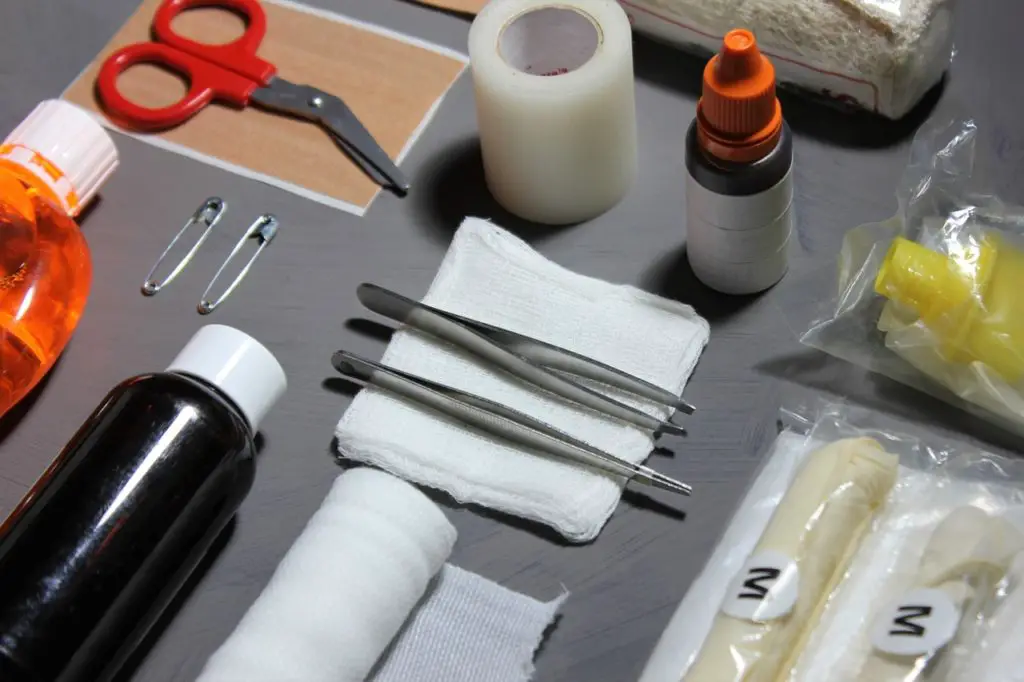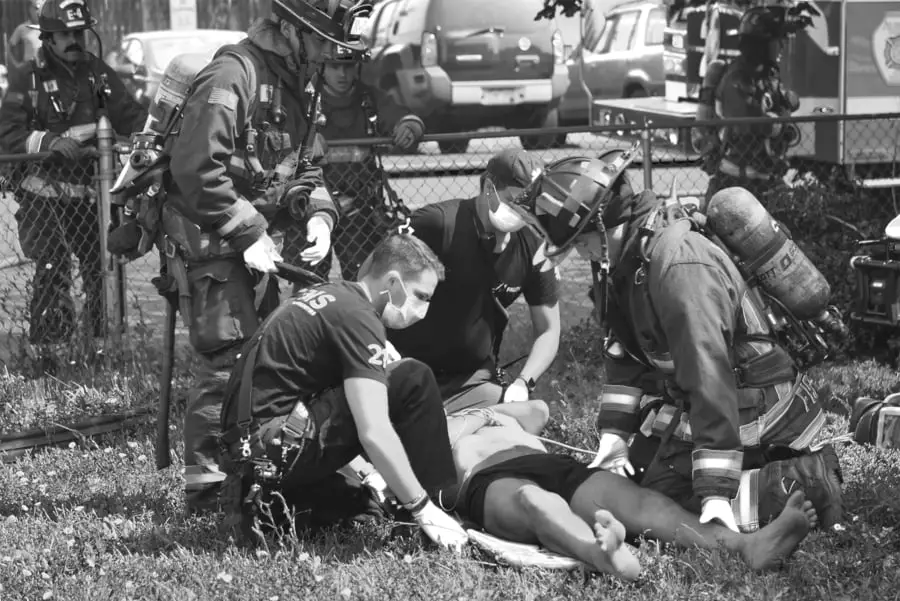Whether you are piecing together your toiletry bag or preparing a first aid kit for an outdoor excursion, when you are preparing for a flight there are sure to be questions about what you can and can’t bring with you. The last thing you want is to have all of your baggage and body searched because you are carrying suspicious items unknowingly. Some common items that you may want to carry include tweezers, scissors, nail clippers, and shaving razors. This article will explain what’s allowed, what’s not, and what to expect for your flight.
Can I bring tweezers on a plane?
Tweezers are permitted in both carry-on baggage as well as checked baggage. It is suggested that any sharp objects be secured in a way that prevents injury to baggage handlers or inspectors. You don’t want them to get stabbed if anything sharp is loose! Usually keeping them in a shaving kit or makeup bag is sufficient.
Why would you want to bring tweezers on a plane? They are often carried in makeup bags for tweezing eyebrows and rogue hairs. They are also carried as a first-aid tool for pulling splinters out of your skin or removing ticks.
Can I bring scissors on a plane?
Scissors are permitted to be carried in carry-on luggage but they must be less than 4 in from the tip of the scissor to the pivot point. If you are flying to or from the UK, note that they have a 6 cm length limit (2.36 inches). If the scissors have a blunt tip like a pair of trauma shears these are permitted without the length restriction in the UK. As with tweezers, they should be sheathed or protected to keep inspectors safe if they are inspecting your baggage. There are no limits on scissor sizes within checked baggage.
Why would you want to carry scissors on a plane? For first aid kits, they are used to cut bandages off or down to size. They are also used to get access to serious wounds in an emergency situation when clothing is concealing the wound. They also may be carried for cutting hair, in sewing kits, for crafts, or for any other cutting needs.
Can I bring razors on a plane?
Disposable razors are allowed on carry-on bags as well as checked luggage. Surprisingly, safety razors (your typical shaving razor with a reusable handle and disposable blades) are not allowed in carry-on luggage. They are permitted in checked baggage. You can choose to keep the handle in your carry-on bag and leave the razor cartridges in checked baggage if you’d like. Any sort of razor blade or box cutter is prohibited from your carry-on luggage. In my personal experience, I have never had an issue carrying a razor but that doesn’t mean you should risk it.
Why why would you need to carry a razor on a plane? Razors are obviously needed for shaving. If you’re going on a short trip you may consider a disposable razor blade or two if you don’t want to check baggage. Otherwise, you will need to keep your blades in your checked baggage.
Can I bring nail clippers on a plane?
Nail clippers are permitted in both carry-on luggage and checked baggage. Cuticle cutters are also permitted as long as they follow the 6 cm similar to scissors. Nail clippers were temporarily banned as a response to the plane hijackings of 9/11. Once more was understood about the incident, airlines loosened their restrictions.
Why would you need to carry nail clippers on a plane? They are commonly carried for taking care of your nails and kept in toiletry bags. Please do everyone on the flight a favor and do not cut your nails while flying. It can wait.
Related: Can I Take Hydrogen Peroxide On A Plane? What You Need To Know
What to expect during screening.
As you can see, the TSA (Transportation Security Administration) is more lenient regarding what you can carry in checked luggage. This is because checked luggage is inaccessible and stored in the belly of the plane, so there is little concern about it being accessed during a flight. Carry on luggage, however, is accessible during the flight and its contents could be accessed and used in a dangerous way.
When going through screening you should expect that your luggage will pass through an x-ray machine along with all of your belongings. The TSA agents will ask you to remove electronics larger than a cell phone, food and snacks, and liquids. Be sure to know the 3-1-1 rule ahead of time as you will have to pack according to it. After the x-ray process, the screening officers may decide to inspect your baggage and go through it completely, either at random or because something suspicious was seen. Even though the TSA has an extensive list of objects that can or can’t be brought on the plane on their website, officers can confiscate personal items at their discretion if they think that they are suspicious or dangerous.
The final decision rests with the TSA officer on whether an item is allowed through the checkpoint.
From <https://www.tsa.gov/travel/security-screening/whatcanibring/all>
Keep in mind that TSA officers are trying their best to keep everyone flying safe. What seems safe to you may be suspicious to them. They have an immense job to do, so try to be courteous if you disagree with their decision.
Be certain to take the time to learn the requirements of the TSA and the requirements of the specific airlines you are flying with. Certain airlines may have more strict guidelines while flying with them. Knowing the rules ahead of time will save any time-consuming inspections or embarrassment as you are trying to get to your flight.
References:
https://www.tsa.gov/
https://www.catsa-acsta.gc.ca/en
https://www.gov.uk/browse/abroad/travel-abroad




